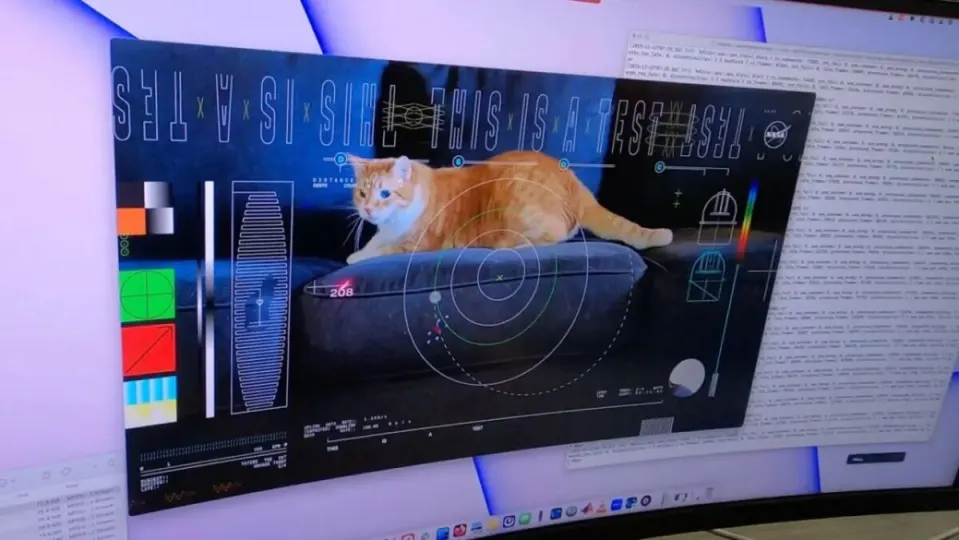NASA’s Deep Space Optical Communications successfully conducted an experiment consisting of transmitting an ultra HD music video 19 million miles (equivalent to 80 times the distance between Earth and the Moon) from deep space to Earth.
Communication technology and video are part of NASA’s Psyche mission, launched on October 13th. The Psyche spacecraft is currently heading towards an asteroid belt located 3 billion kilometers from Earth, between Mars and Jupiter, where it will send another high-speed signal.
The test video, which lasted 15 seconds, took 101 seconds to reach Earth at a speed of 267 Mb/s. And that’s how the NASA explains it in their press release.
The technology behind video streaming is thanks to a laser
Laser transmission technology in deep space is designed to operate at distances between ten and one hundred times greater than the current radio frequency used by many of NASA’s deep space missions.
The new laser-based technology is integrated into a laser flight transceiver. The success of this experiment allows NASA to have an almost real-time ultra HD video and audio communication with any future deep space mission.
The system uses an encoded laser beam from the Psyche spacecraft to the Hale telescope at Caltech’s Palomar Observatory in San Diego County, California.
Next, it is transmitted to NASA’s Jet Propulsion Laboratory in Southern California. To tie in with the theme of establishing a video link via lasers, the team used a video of a JPL employee’s cat chasing lasers on the couch.
The video also included overlaid graphics with different color spectrums, charts, the flight path of Psyche, random data, and other details in different sizes to ensure that the quality of the video did not degrade.
The clarity of the video with minimal or no loss is important, as the transmission would include critical information for the mission from the onboard computers. The next transmission could also include a video overlay for further analysis.
Since the next experiment will take place 2.2 billion kilometers away from the mineral-rich asteroid belt, it will be interesting to see the impact on latency and video quality.
In any case, a delay of 101 seconds over more than 28 million km is still extraordinarily revolutionary, as it demonstrates that technology can work smoothly, allowing for further development and even the integration of a similar or better telescope than the Hale telescope for future missions in deep space.


